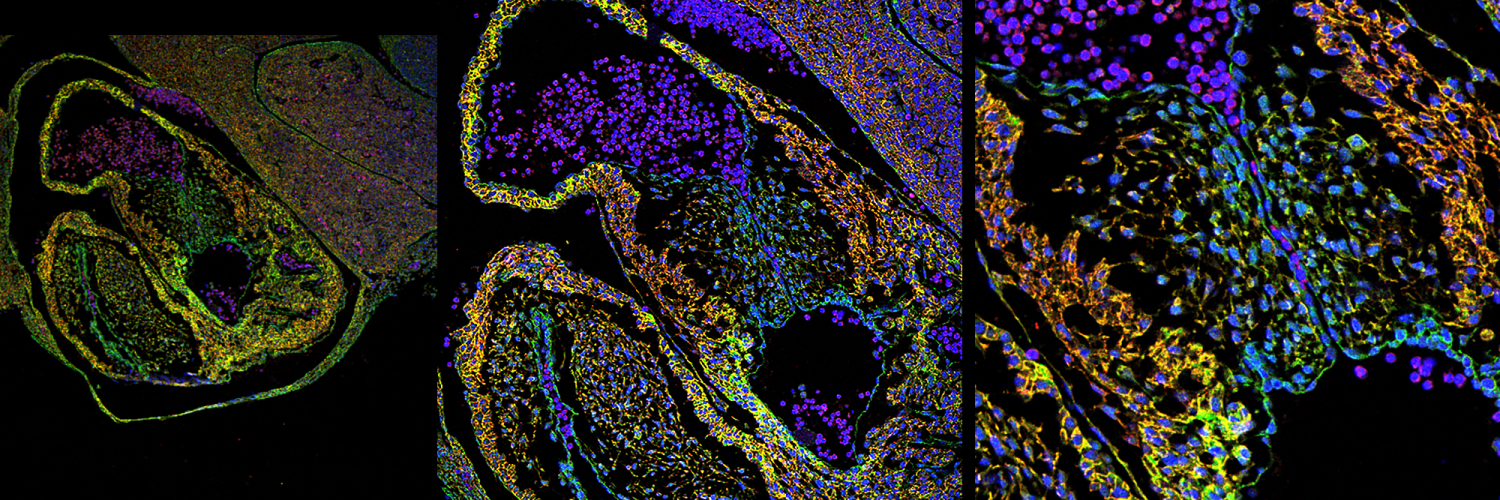Introduction
The survival of naïve B cells depends on signals from the BAFF receptor BAFFR and from the B cell antigen receptor (BCR). We are studying how signals from these two receptors cooperate to ensure B cell survival.
The number of B cells is strictly controlled. This homeostasis is achieved by signalling through at least two receptors: the B cell antigen receptor (BCR) and the BAFF receptor (BAFFR). We have shown that these two receptors act co-operatively, with BAFFR transducing signals via the BCR leading to the activation of the SYK tyrosine kinase, and subsequent activation of the ERK MAPkinase and PI3 kinase pathways, which contribute to B cell survival.
Current studies are aimed at understanding the molecular mechanisms by which the BAFFR transduces survival signals, in particular how BAFFR signals to the BCR. We are also investigating novel pathways that may contribute to B cell survival. We are addressing these research areas using a combination of proteomics, transcriptomics, metabolomics and CRISPR/Cas9-based screens.








